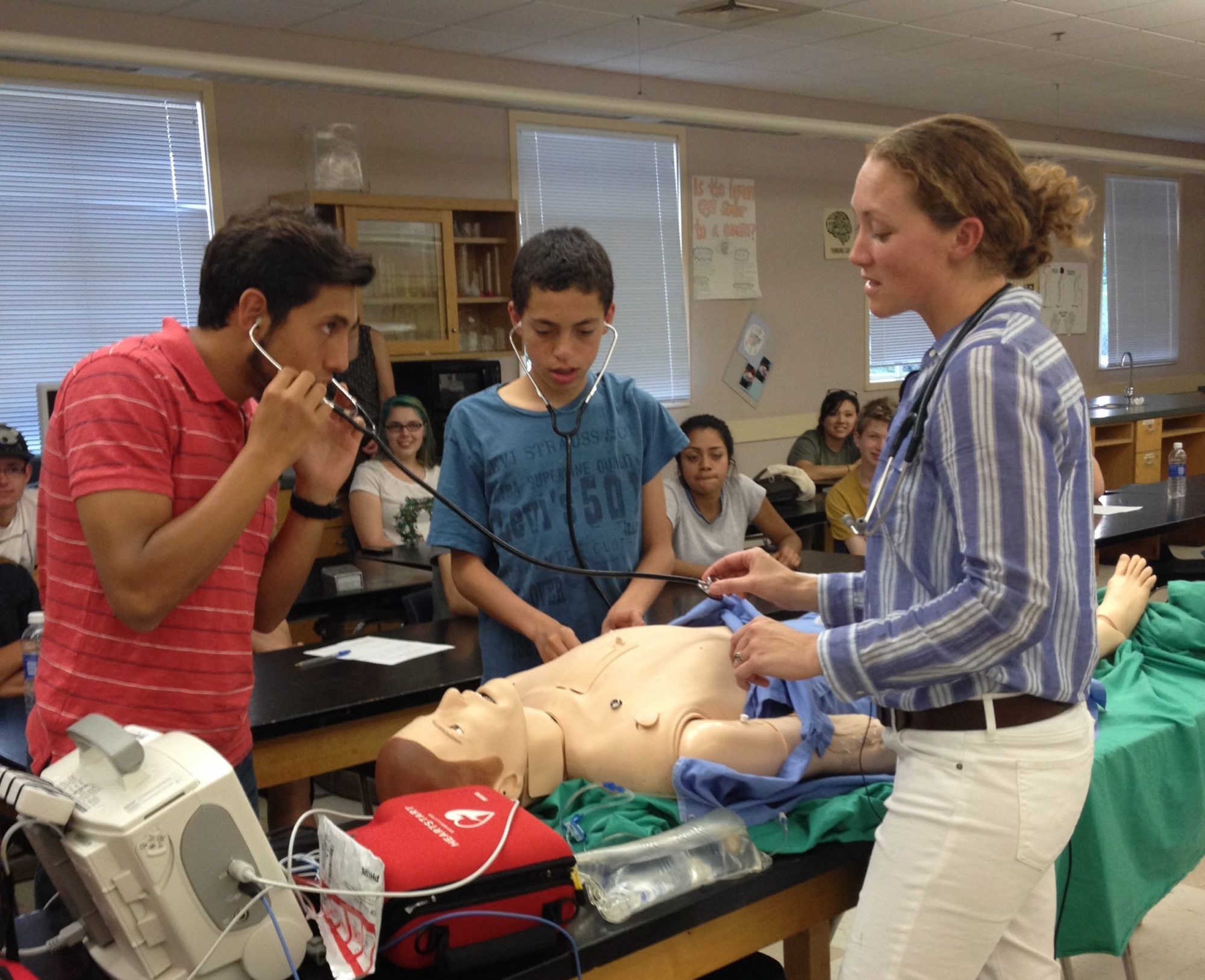by Shoshana Harlem, Terra Linda High School
Scientists, including graduate students, researchers, and post-docs in the life sciences and mathematics, often use mathematical models. A mathematical model is a complex model that represents relationships in mathematical form that is used to study the behavior of a certain organism to make reasonable conclusions. Mathematical models can solve problems relating to biology and many other fields.
 |
| Scientists, such as Alma Yesenia Ceja who is speaking at the next seminar, studies and will talk about what data she finds through mathematical models about the future lives of crabs. |
To learn more about how scientists use math to predict the future of crabs and other animals, come to the Marin Science Seminar in room 207 on Wednesday, March 29, 2017. Alma Yesenia Ceja of the Romberg Tiburon Center for Environmental Studies and SFSU will be speaking. Join us and learn!
Sources:


